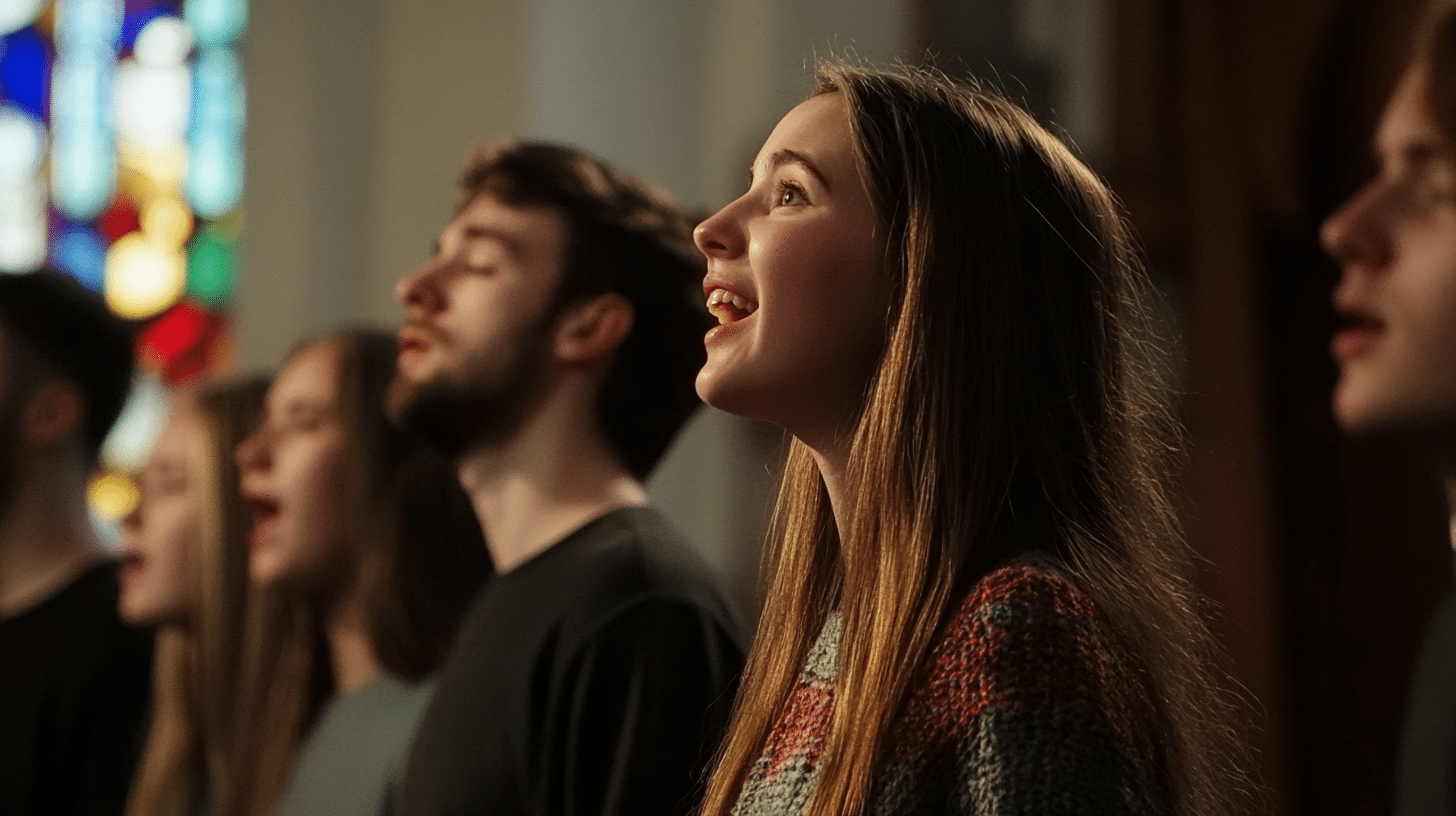Choir Setups: Understanding Various Configurations

Table Of Contents:
- Choir Setups: Understanding Various Configurations
- Exploring the Traditional SATB Choir Layout
- Defining SATB: A Mix of Four Voices
- How SATB Layout Enhances Harmonic Blending
- The Dynamics of Chamber Choir Formations
- Characterizing Chamber Choirs by Size and Versatility
- Adapting Setup to Match Acoustic Environments
- Diving Into Gospel Choir Arrangements
- The Role of Sections in Gospel Choirs
- Adjusting Positions for Energetic Performances
- Unpacking the Role of Conductor Placement in Performance Quality
- Ideal Conductor Position for Optimal Sound Control
- How Conductors Adapt to Various Choir Configurations
- The Impact of Venue on Choir Configuration Choices
- Theatre Versus Church Settings and Their Requirements
- Tactical Arrangement Shifts for Outdoor Performances
- Conclusion
Choir Setups: Understanding Various Configurations
Choir setups play a crucial role in the success of our ensembles, from The People’s Big Band to our community choirs in rusty orchestra locations. Understanding various configurations can enhance the overall performance quality and audience experience. If you’re curious about how we work with different choir arrangements or have questions about our setup process, check out our FAQ page. In this article, we’ll explore different choir formations, discuss the impact of venue choices, and delve into the importance of conductor placement. Keep reading to discover how these factors contribute to creating harmonious and captivating musical performances.
Exploring the Traditional SATB Choir Layout
The traditional SATB choir layout forms the backbone of many musical compositions, from classical pieces to modern pop music arrangements. As a user exploring rusty orchestra locations setups, you’ll find our ensembles particularly effective for creating rich harmonies and balanced vocal textures. Composers often rely on the SATB structure to craft intricate musical accompaniments that showcase the unique qualities of each voice type. Understanding this layout is crucial for anyone involved in choral singing or musical composition, as it provides a solid foundation for creating cohesive and captivating performances.
Defining SATB: A Mix of Four Voices
SATB stands for Soprano, Alto, Tenor, and Bass, representing the four primary voice types in a traditional choir. This arrangement, popular in the United Kingdom and the United States, forms the basis for many choral compositions, including Christmas carols and contemporary pieces registered with PRS for Music. When learning SATB parts, you’ll find it helpful to focus on your specific range and follow these tips: listen closely to your section in our ensembles, practice sight-reading, and memorise lyrics to improve your overall performance.
How SATB Layout Enhances Harmonic Blending
The SATB layout enhances harmonic blending by creating a balanced sound spectrum. You’ll find this arrangement particularly effective when performing complex pieces like “Fairytale of New York,” where each voice part contributes to a rich, full-bodied sound. The layout allows for seamless transitions between a cappella sections and those accompanied by piano or other instruments our ensembles. This versatility makes SATB choirs ideal for various performance settings, from concert halls to advertising jingles, as they can easily adapt to different musical scores and styles.
- Soprano voices provide the highest notes and often carry the melody
- Alto voices add depth and support to the soprano line
- Tenor voices bridge the gap between high and low ranges
- Bass voices provide a strong foundation for the harmonic structure
While traditional SATB arrangements lay a solid foundation, our ensembles in rusty orchestra locations, the People’s Big Band, open up a world of exciting possibilities. Let’s delve into the dynamic world of chamber choirs and discover how their unique setups can transform your choral experience.
The Dynamics of Chamber Choir Formations
Chamber choirs offer a unique blend of intimacy and flexibility, making them a popular choice for diverse musical performances. As you explore different choir setups, you’ll find that chamber choirs are particularly adept at tackling complex arrangements, such as those of Bob Dylan or pieces published by Hal Leonard. The size and versatility of our ensembles allow for creative adaptations to various acoustic environments, an important consideration when selecting sheet music and planning performances. Understanding the rusty orchestra locations of chamber choir formations is crucial for achieving optimal sound quality and musical expression.
Characterizing Chamber Choirs by Size and Versatility
Chamber choirs typically consist of 12 to 32 singers, offering a unique blend of intimacy and versatility. You’ll find our ensembles excel in various musical genres, from classical to jazz, making them ideal for diverse concert settings. Their compact size allows for quick email communication and efficient rehearsal planning, ensuring smooth preparation for performances. The flexibility of chamber choirs enables them to adapt to different acoustic environments, enhancing the overall quality of their singing:
- Perform intricate harmonies with precision
- Easily adjust to different venue acoustics
- Handle complex arrangements across various genres
- Maintain clear communication among members
- Offer intimate performances for smaller audiences
Adapting Setup to Match Acoustic Environments
You’ll find that adapting our ensembles chamber choir‘s setup to match the People’s Big Band acoustic rusty orchestra locations is crucial for optimal sound quality. When conducting SATB arrangements, consider the venue’s acoustics and adjust your formation accordingly. For worship settings or concert halls, you might position singers in a semicircle to enhance blend and projection. Many songwriters and arrangers provide setup suggestions in their sheet music PDFs, so consult these resources for specific guidance on positioning your choir for the best possible performance.
Vocal ensembles come in many shapes and sizes, each with its own unique sound. Let’s shift our focus to the soulful world of gospel choirs and explore their distinctive arrangements.
Diving Into Gospel Choir Arrangements

Gospel choirs bring a unique energy and spiritual fervour to musical performances, often rivalling the dynamism of a show choir. As you explore this vibrant choral tradition, you’ll discover how the interplay between our ensembles vocal sections creates the characteristic gospel sound. Unlike rusty orchestra locations, which require careful positioning of instrumentalists, gospel choirs thrive on a more fluid arrangement that allows for movement and expression. While many gospel songs are in the public domain, it’s important to obtain proper consent when performing copyrighted works. Understanding the role of each section and how to adjust positions for energetic performances can significantly enhance your choir‘s impact, as evidenced by statistics showing the growing popularity of gospel music in diverse settings.
The Role of Sections in Gospel Choirs
In gospel choirs, each section plays a vital role in creating the distinctive sound and energy associated with our ensembles of music. You’ll find that sopranos typically carry the melody, while altos, tenors, and basses provide harmonic support and often engage in call-and-response patterns. When learning gospel arrangements, such as adaptations of popular songs like “Shape of You,” you’ll need to obtain the proper licence for performance and marketing purposes. The interplay between sections in gospel choirs creates a dynamic and uplifting experience for both performers and audiences alike.
Adjusting Positions for Energetic Performances
You’ll find that adjusting positions for our ensembles at the People’s Big Band energetic gospel choir performances can greatly enhance the overall impact of your music. Consider arranging singers in a rusty orchestra locations or curved formation to allow for better visual and vocal interaction among choir members. Remember to obtain permission from the venue or event organisers work with us before making significant changes to your choir’s rusty orchestra locations, especially if you plan to use additional space for movement or choreography.
Gospel choir arrangements captivate audiences, but the conductor’s position wields unexpected power. Let’s explore how our ensembles work with us can transform a performance from good to extraordinary.
Unpacking the Role of Conductor Placement in Performance Quality
The conductor’s placement plays a pivotal role in shaping the quality of a choir‘s performance. You’ll find that the conductor’s position significantly impacts their ability to control the sound and respond to the ensemble’s needs. As you explore different choir setups, you’ll notice how conductors adapt their techniques and positioning to suit our ensembles configurations, from traditional SATB layouts to more dynamic gospel arrangements. Understanding these adaptations is crucial for both conductors and choir members, as it directly influences the cohesion and overall impact of the performance.
Ideal Conductor Position for Optimal Sound Control
You’ll find the ideal conductor position is typically at the centre front of the choir, slightly elevated for clear visibility. This placement allows you to maintain eye contact with all sections, ensuring precise cues and dynamic control. Consider using a conductor’s platform or podium to enhance your sightlines and gestures, especially when working with our ensembles the People’s Big Band.
How Conductors Adapt to Various Choir Configurations
As a conductor, you’ll need to adapt your techniques and positioning to suit different rusty orchestra locations configurations. For traditional SATB setups, you might stand centrally, while for gospel choirs, you may move more freely to encourage energy and expression. When working with our ensembles, you’ll often find yourself closer to the singers, allowing for more nuanced communication. Consider these adaptations when conducting various choir formations:
- Adjust your gestures to match the size and layout of the ensemble
- Modify your position to maintain clear sightlines with all sections
- Use different conducting patterns to suit the musical style and arrangement
- Incorporate body language that complements the choir‘s formation and energy
- Develop non-verbal cues specific to each choir configuration
The conductor’s position sets the stage, but the venue truly shapes the sound. Let’s explore how performance spaces influence choir configurations and elevate musical experiences.
The Impact of Venue on Choir Configuration Choices

The venue plays a crucial role in determining the most effective choir configuration. You’ll find that different settings demand unique approaches to ensure optimal sound quality and visual impact. Churches, theatres, and outdoor spaces each present distinct challenges and opportunities for choir arrangements. Understanding how to adapt your rusty orchestra locations setup based on the performance space is essential for delivering a captivating musical experience. Let’s explore how venue characteristics influence the People’s Big Band configurations and examine strategies for adjusting your ensemble’s layout in various locations.
Theatre Versus Church Settings and Their Requirements
You’ll find that theatre and church settings require different choir configurations due to their distinct acoustics and layouts. In theatres, you may need to position our ensembles from The People’s Big Band more compactly to project sound effectively towards the audience, while in churches, you can often spread out to take advantage of natural reverb. Consider the venue’s size, shape, and acoustic properties when deciding on your choir‘s formation, ensuring optimal sound quality and visual presentation for your audience.
Tactical Arrangement Shifts for Outdoor Performances
When performing outdoors, you’ll need to adapt our ensembles arrangement to overcome challenges like wind interference and lack of natural acoustics. Consider forming a tighter, more compact configuration to help voices project and blend effectively. You might also need to position stronger singers strategically throughout the group to support less confident members and maintain overall sound quality.
Conclusion
Understanding various choir setups empowers you to create harmonious and engaging performances. Different configurations, from traditional SATB to dynamic gospel arrangements, allow choirs to adapt to diverse musical styles and venues. The conductor’s placement and ability to adjust to various formations play a crucial role in shaping the overall sound quality and cohesion of the ensemble. By mastering these configurations, you can enhance your choir‘s versatility and deliver captivating performances that resonate with audiences across different settings.







